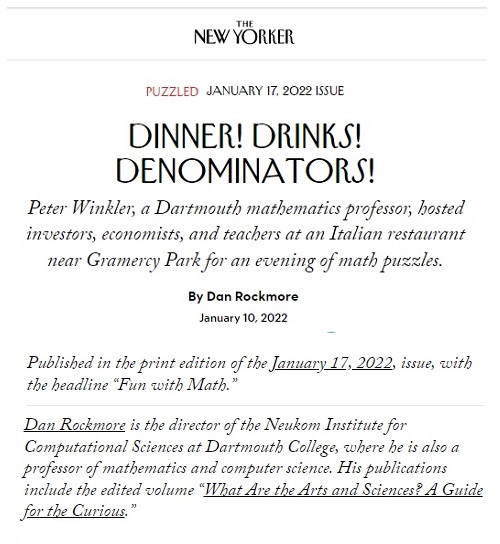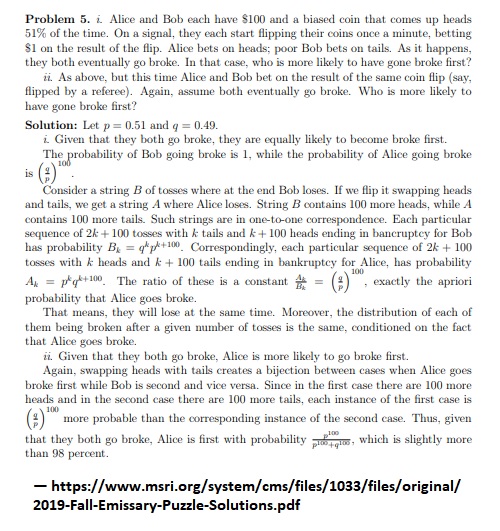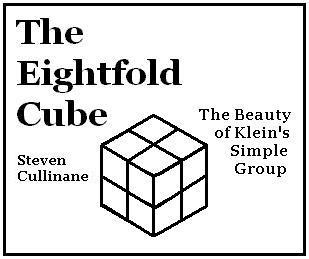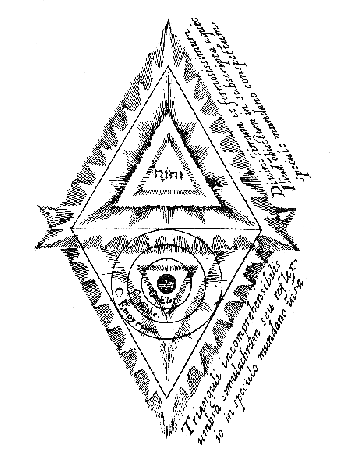From an article published in the print edition of
the January 17, 2022, New Yorker issue, with
the headline “Fun with Math” —
|
. . . . Marilyn Simons, who has a Ph.D. in economics, said that her husband, Jim, a financier and a former mathematician, doesn’t like puzzles: “He says that if he works that hard he wants to get a theorem out of it.” Winkler began the evening’s program. The first course of math, delivered during the first course of dinner (a scattering of salads), was a statistics starter called Simpson’s paradox, which explains how apparent biases in large samples can disappear in smaller ones. A famous example: For the University of California at Berkeley’s graduate programs in 1975, over all, men were admitted at a higher rate than women, but, program by program, women were admitted at a higher rate. “I think that, to a lot of us who even think we know statistics, the way we process statistics is not deeply informed,” Simons said. . . . . Winkler let loose with the last official mind bender, a gambling thought experiment involving a fictitious couple named Alice and Bob, who are famous in math circles. Each of them has a biased coin—fifty-one-per-cent chance of heads, forty-nine-per-cent chance of tails. They each start with a hundred dollars, flipping the coin and betting against the bank on the outcome. Alice calls heads every time; Bob calls tails. The puzzle: Given that they both go broke, which one is more likely to have gone broke first? . . . . Most of the diners guessed Bob, but the correct answer was Alice. . . . . |
Related material —
Simpson's Paradox:
"The investigation showed that males were 1.8 times more likely
to be admitted to Graduate School than females in 1973. Initially
it appeared that women were discriminated against in the selection
process. However, when admissions were re-examined at individual
Departments of the School, admission tended to be better for women
than men in four of six Departments. This contradiction or paradox
tells us that the association between admission and gender was
dependent upon on Department."
— https://pubmed.ncbi.nlm.nih.gov/29484824/
Alice and Bob:













































